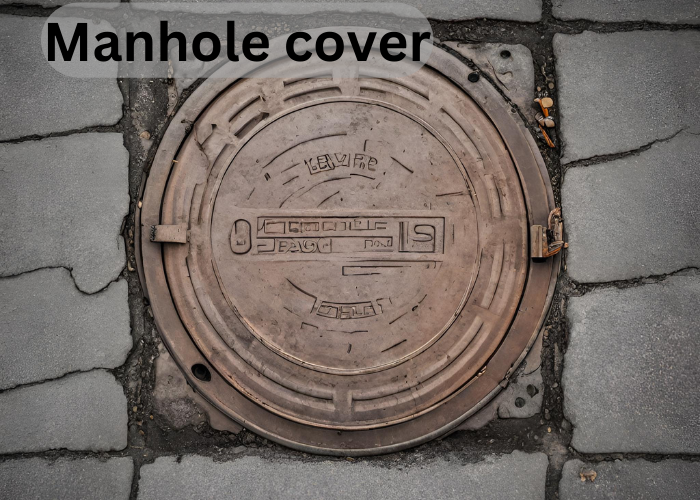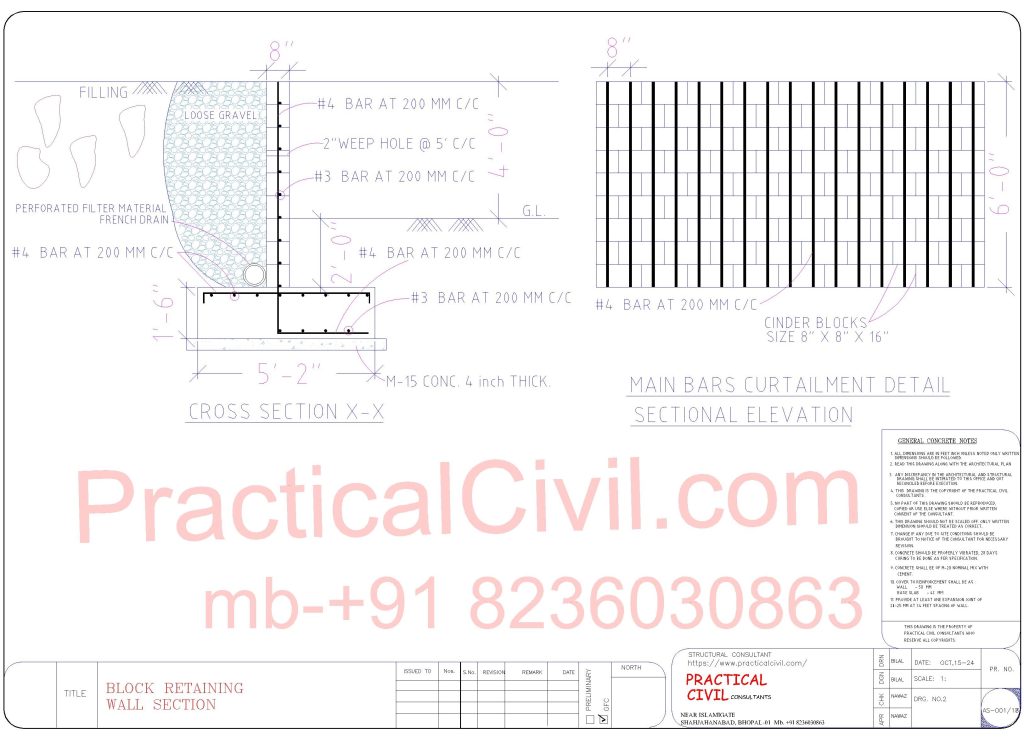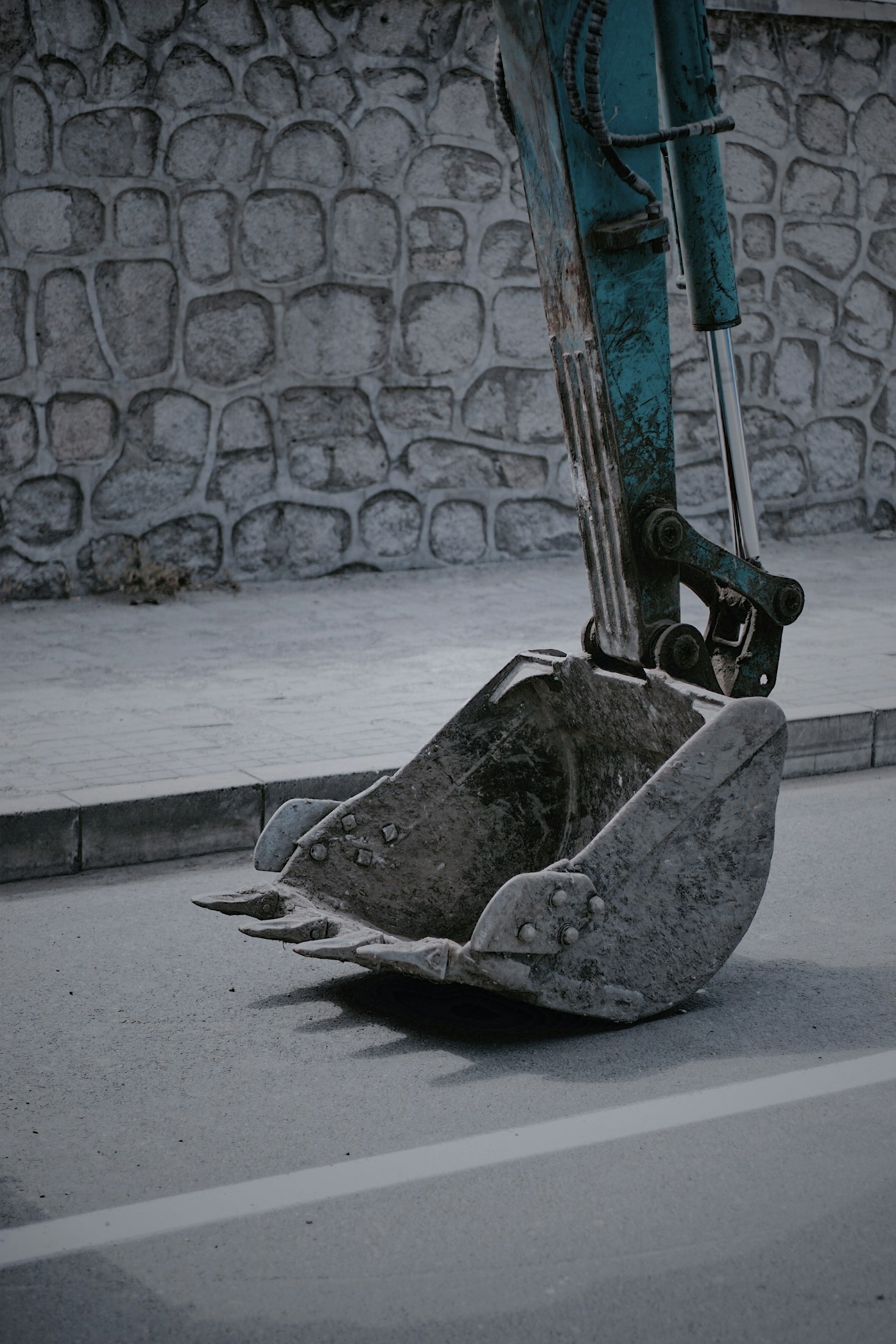Category: Compendium
-

When it comes to urban infrastructure, manhole covers may not be the most glamorous subject, but they are essential components that keep our cities functioning efficiently. In this article, we will delve into the world of manhole covers, uncovering their various types, objectives, and the reasons behind their iconic round shape. Additionally, we will explore…
-

Mechanically stabilized earth or reinforced earth is referred to as MSE retaining walls. This technology for retaining earth uses horizontal layers of geosynthetic materials or steel strips to support compacted granular soil. Thin facing pieces composed of precast concrete, shotcrete, or weld mesh reinforced panels hold this compacted soil together. They are widely used to…
-

A block retaining wall is an effective way to manage sloped landscapes, control erosion, and create a defined boundary between different areas of your yard. A well-built retaining wall can redefine a landscape, providing both aesthetic appeal and structural support. Building one yourself can be cost-effective and rewarding, but it requires careful planning, precise measurements,…
-

Quantity Calculation Concrete Quantity (cubic feet) Concrete Quantity (cubic metres) Output Unit Cement 0.00 0.00 bags Sand 0.00 0.00 cum Aggregates 0.00 0.00 cum When it comes to constructing a concrete slab, accurate estimation of materials like cement, sand, and aggregates is crucial. Whether you’re a DIY enthusiast or a professional builder, using a Cement, Sand…
-

This paragraph serves as an introduction to your blog post. Begin by discussing the primary theme or topic that you plan to cover, ensuring it captures the reader’s interest from the very first sentence. Share a brief overview that highlights why this topic is important and how it can provide value. Use this space to…
-

Introduction Concrete strength testing is essential in civil engineering to ensure durability and structural safety. This guide outlines a detailed, practical approach to assessing concrete strength, including sample preparation, curing, and various testing methods. Understanding Concrete Strength Concrete strength measures how well hardened concrete resists applied forces. The most commonly tested parameter is compressive strength,…
